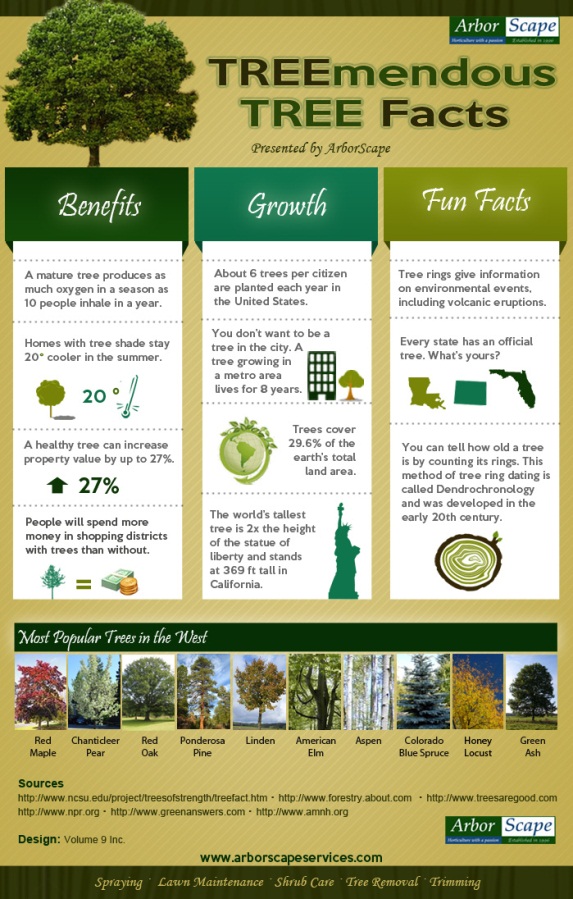Indications It's Time For Tree Elimination: How To Recognize Dangerous Trees
Indications It's Time For Tree Elimination: How To Recognize Dangerous Trees
Blog Article
How To Trim An Apple Tree Video By-Winther Goodman
When it comes to tree treatment, identifying the indications that it's time for removal is vital for your safety and security and residential or commercial property. You may see blemished leaves, wilting branches, or weird fungal growths showing health issue. https://how-to-grind-tree-roots17394.blogdun.com/35960024/a-detailed-overview-to-tree-removal-prices-exposes-vital-budgeting-ideas-for-your-landscaping-needs-discover-what-variables-can-affect-your-costs , like a substantial lean or splits in the trunk, can additionally present risks. Comprehending these indication can aid you make educated choices regarding your trees and prevent prospective risks prowling in your lawn. What should you look for following?
Signs of Decay and Disease
When you notice indications of decay and disease in your trees, it's crucial to act quickly. Seek blemished leaves, wilting branches, or unusual growths like fungus. These can show that your tree is struggling.
If you see fractures in the bark or soft, mushy wood, these symptoms suggest inner degeneration. Furthermore, an unexpected boost in insects around your tree can signify that it's damaged and prone.
Look for any kind of dead or passing away limbs, as they pose a risk to your property and security. If you doubt about what you see, consulting an arborist can provide clearness.
Resolving these indications early can conserve you from much more comprehensive damage and make sure the health of your lawn. Do not wait until it's far too late.
Structural Instability and Leaning
As you observe your trees, keep an eye out for any indications of architectural instability or leaning. If a tree leans substantially, it might indicate that the root system is endangered.
Seek any kind of fractures in the trunk or dirt around the base; these can indicate possible failure. Furthermore, check for uncommon development patterns, like a lopsided crown, which might recommend that the tree is struggling to hold itself upright.
If you see that the tree leans toward your home, high-voltage line, or other structures, it postures a better danger. Don't disregard these signs-- seek advice from an arborist to examine the situation.
Acting early can stop expensive damage and guarantee your safety and security.
Dead or Dying Branches and Vegetation
If you observe dead or passing away branches and vegetation on your tree, it's a clear sign that something's wrong.
These harmful areas can indicate underlying issues like illness, pest problems, or ecological stress and anxiety. When branches lose their fallen leaves or turn brownish, they're no more contributing to the tree's health. Overlooking these signs could lead to more decrease, making your tree a lot more harmful.
Dead branches can easily break off throughout storms, posturing a threat to home and individuals close by. It's vital to analyze the level of the damage.
If the issue impacts a considerable part of the tree, take into consideration speaking with an expert. They can aid establish if elimination is necessary to make certain safety and preserve the appeal of your landscape.
Conclusion
If you notice any type of indications of degeneration, structural instability, or dead branches on your trees, don't ignore them. These indications can position major safety and security threats to you and your residential property. It's constantly best to get in touch with an expert arborist that can provide an expert analysis of your trees. Taking action early can protect against mishaps and costly damage, ensuring your landscape continues to be safe and healthy and balanced. Bear in mind, it's much better to be aggressive regarding tree treatment than to wait on a disaster to happen.
